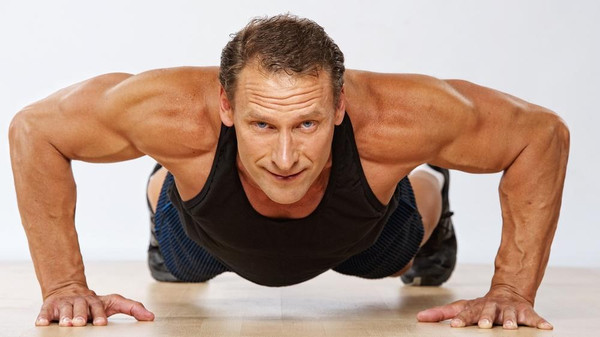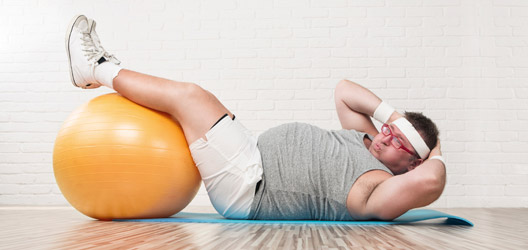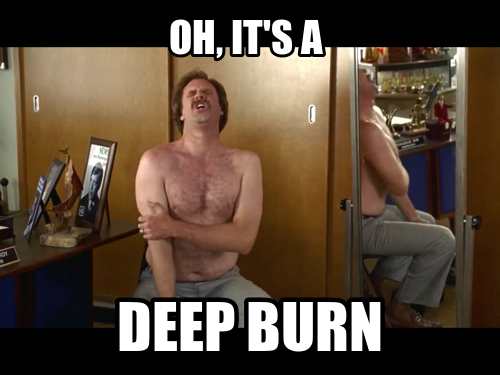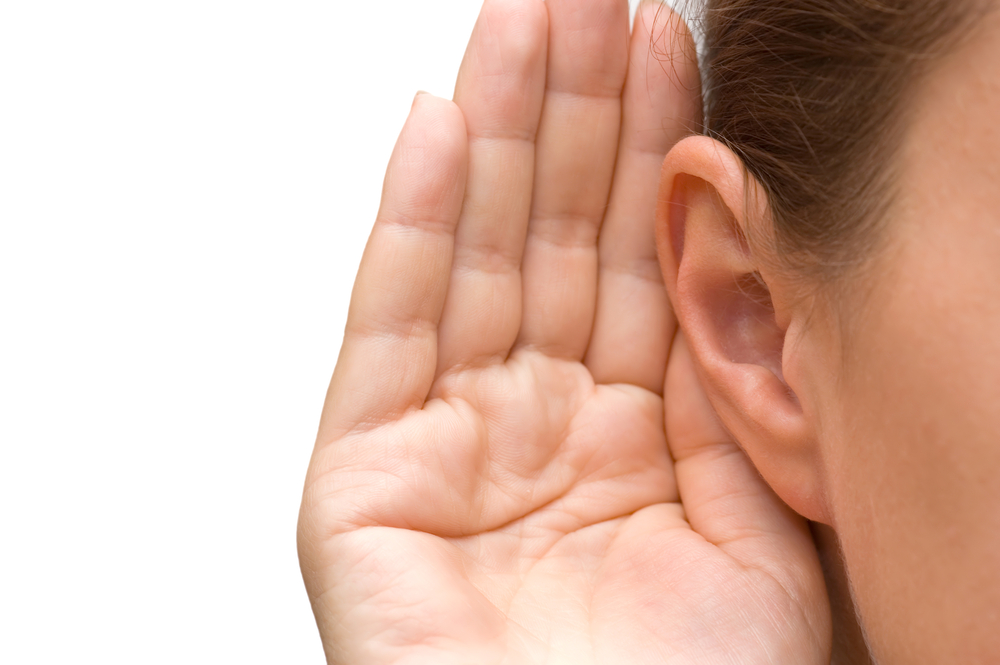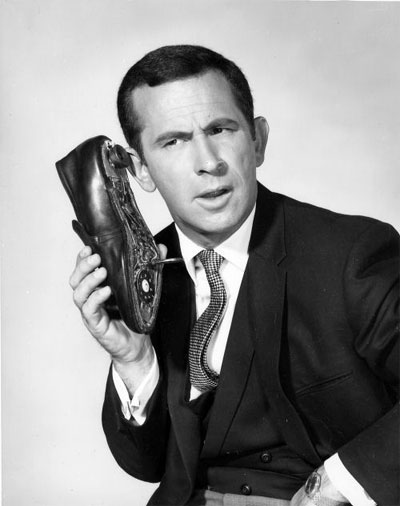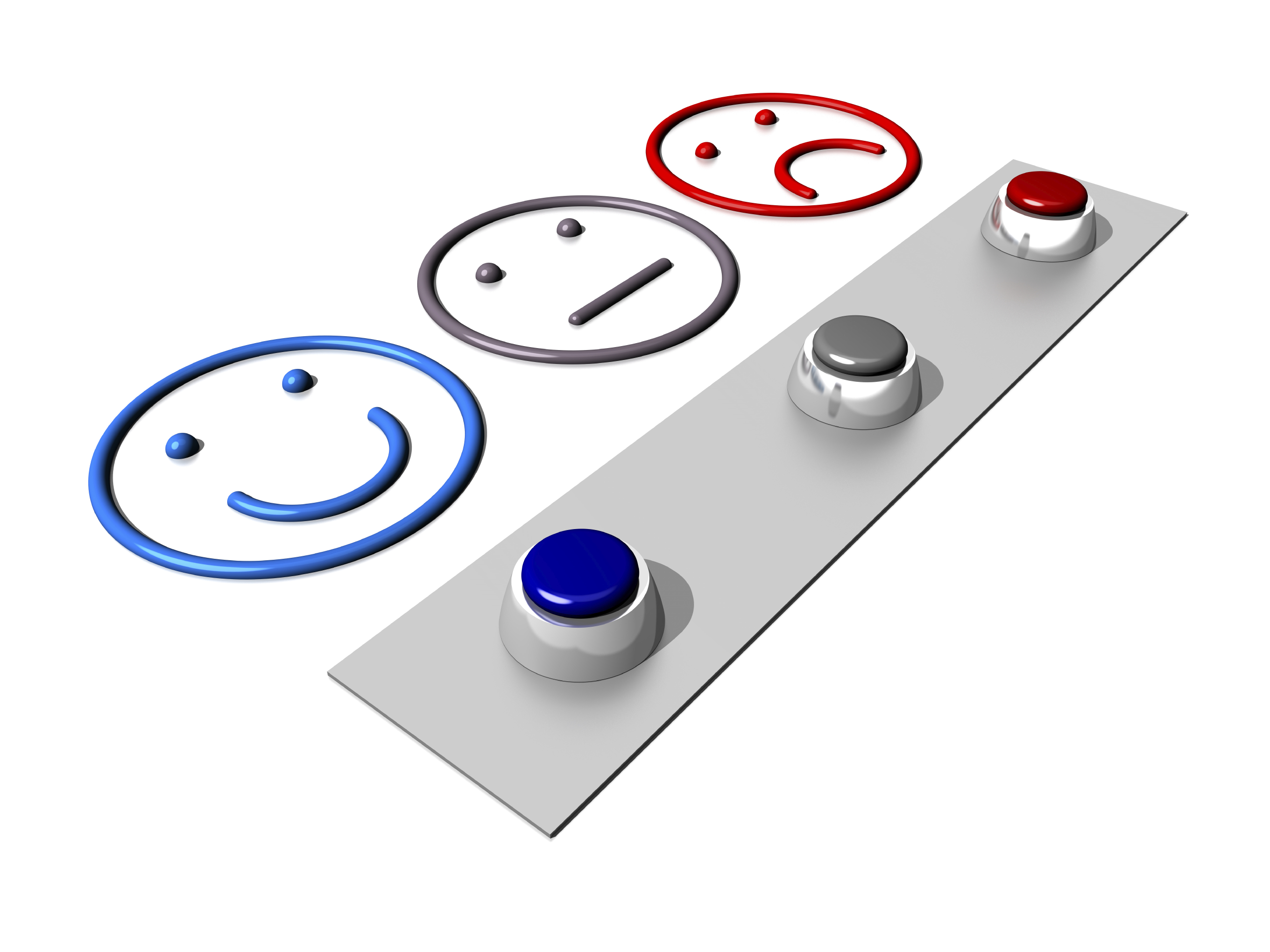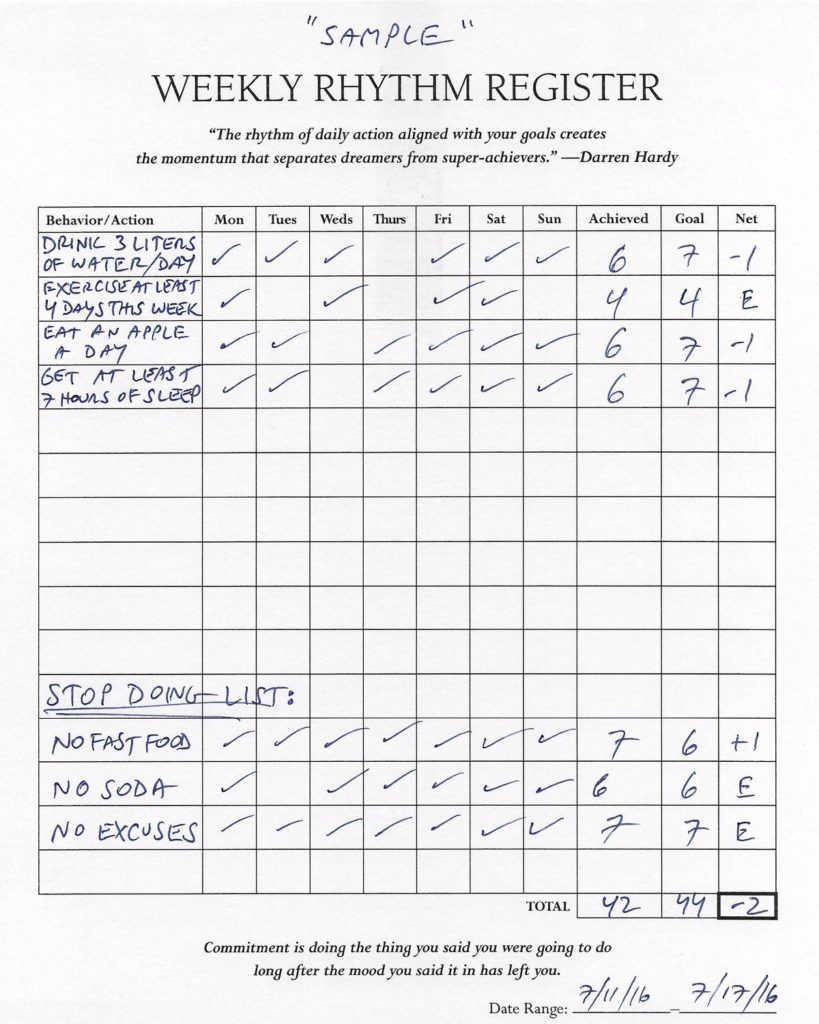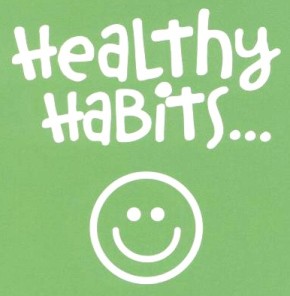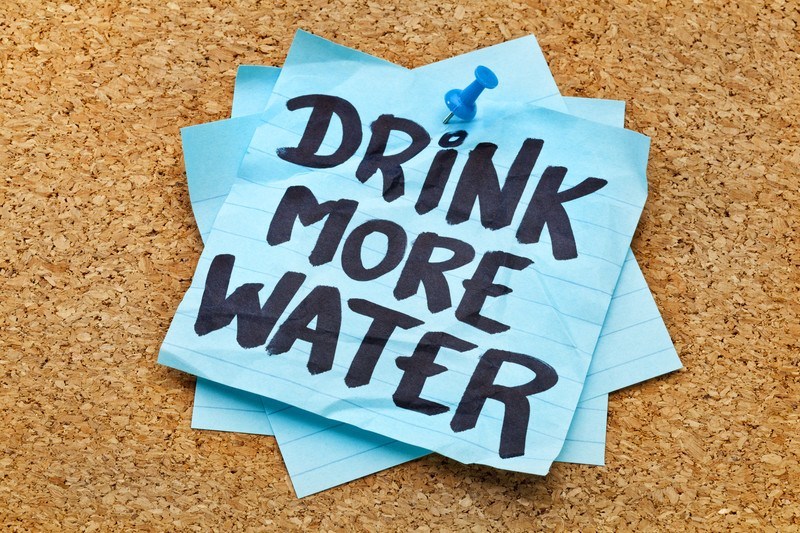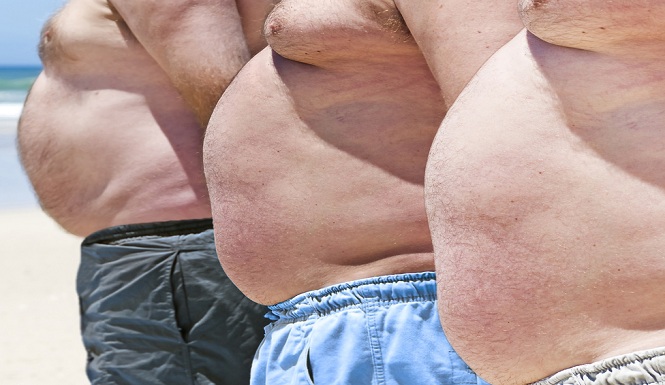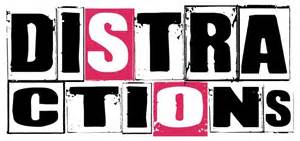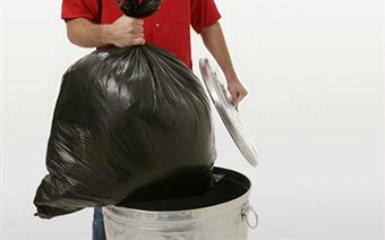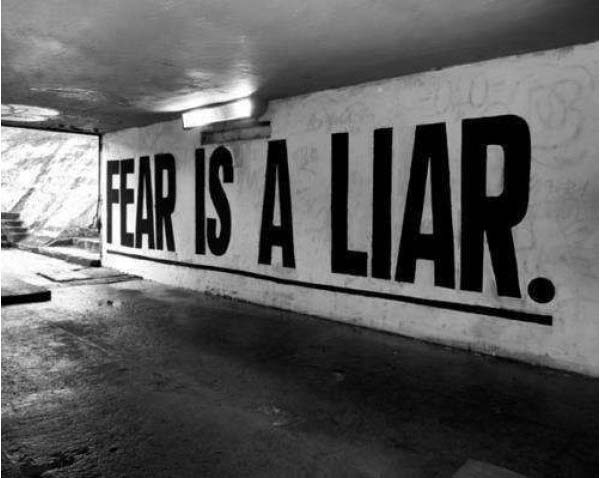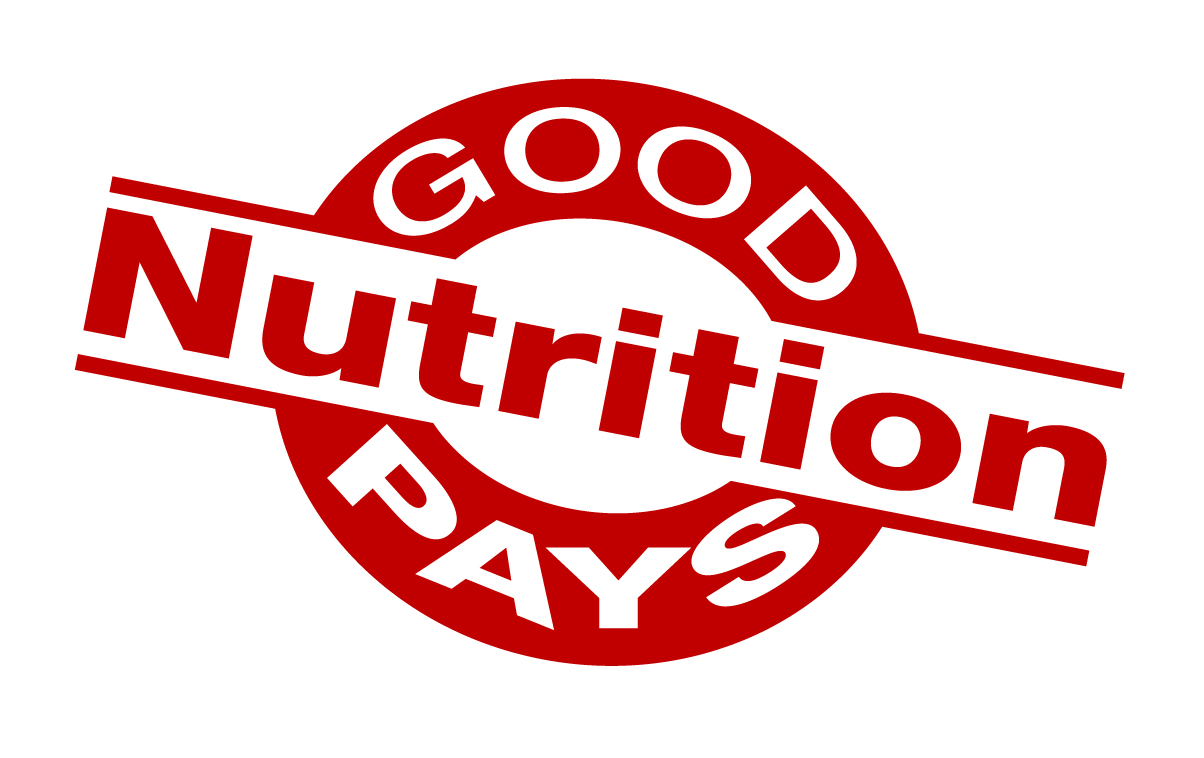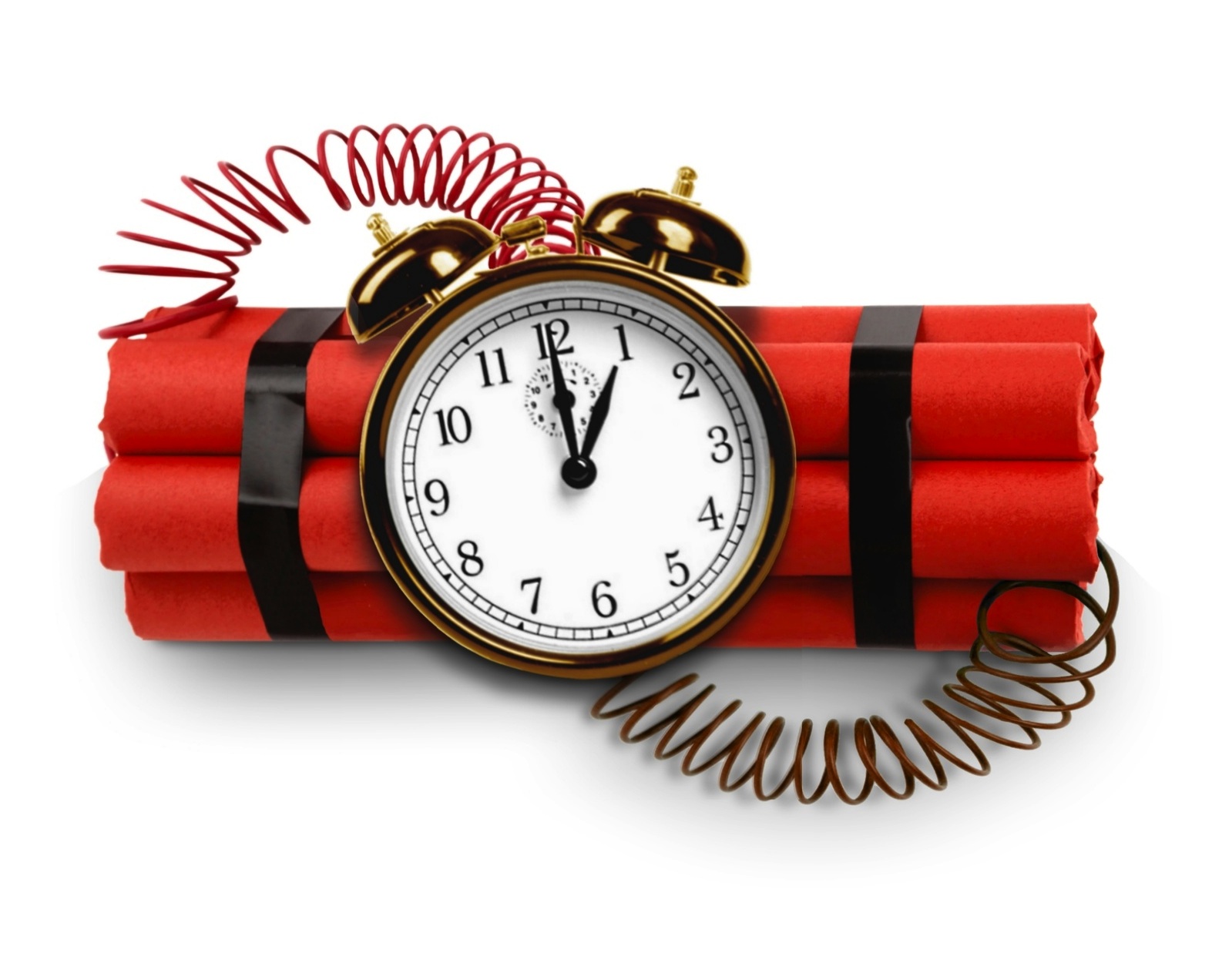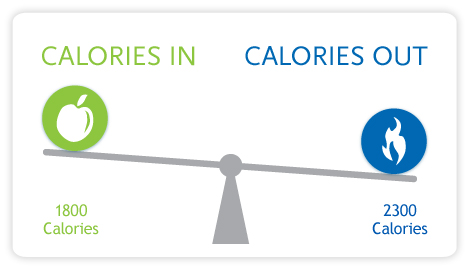I’m going to make an assumption here: that you exercise regularly.
If that’s not you, you can stop reading this and move on. Unfortunately, this post and most of the content on this site can’t help you.
So this is for my friends that exercise, but have hit a plateau in getting positive results. And can’t figure out what to do.
See if any of these scenarios resonate with you:
- You hit the gym 3 to 5 days a week.
- You try to eat as clean as possible.
- You avoid sugar, fast food, and highly-processed refined carbs.
- You maintain portion control most of the time.
But you still can’t make a dent – in your belly, your butt, or the number on the scale.
It can be puzzling. Frustrating. And downright discouraging…
What the heck is going on? Well, it could be a number of things.
But in this post I’m going to focus on only one of the possibilities.
Perhaps your workouts aren’t “intense” enough.
What??? How do you know, or how can you find out?
You think, “But what about the ‘fat burning zone’? I thought that’s where I was supposed to exercise”.
Side Note: The fat burning zone is a theory that evolved because your body burns more fat during lower intensity aerobic exercise than it does during higher intensity exercise. It’s even encouraged on some cardio machines as it relates to your target heart rate.
While it may be true that you may burn 10% to 20% more fat during lower intensity exercise, your body burns far more calories during higher intense activity. And in less time.
I prefer to spend less time in the gym; not more. How about you?
Disclaimer: I personally am not advocating that you train in the fat burning zone. I do not believe in this philosophy. Which is why I train at a higher intensity level at least 80% of the time. I base this belief on my own personal experience from training many years. But I’m not a doctor. So you should evaluate this by consulting your doctor, doing your own research, and perhaps hiring a certified personal trainer to help make your own decision.
I realize that everyone is unique. And we all have different goals, body types, fitness levels, medical conditions, age, and body weight. We also have varying pain (and tolerance) levels, injuries, and physical limitations that we’re dealing with.
So my overall advice is to not fall into the trap of staying in the fat burning zone as it relates to heart rate. It’s a myth that produces lackluster results.
I don’t know the scientific details behind it. I just know that it works for me. So I’m sharing in the hope that it works for you too.
Here are a few personal tips to help you identify that you’re training at higher intensity:
- You’re out of breath and unable to have a conversation.
- You’re drenched and dripping with sweat. Stopping at Starbucks on the way home would be too embarrassing.
- You’re feelin’ the burn (not the Bern!) after your workout is done. Oh, it’s a deep burn!
There are plenty of good online resources, a few of which I’ve included here:
- https://www.verywell.com/the-truth-about-the-fat-burning-zone-1231545
- https://www.verywell.com/questions-about-burning-fat-with-exercise-1231544
- https://www.verywell.com/exercises-to-burn-fat-1231611
- http://www.ideafit.com/fitness-library/the-fat-burning-zone
- http://www.active.com/triathlon/Articles/The-Myth-of-the-Fat-burning-Zone
By the way, I am still looking for more feedback. Link back to last week’s post here.
Thank you for sharing your time with me. I’d love for you to let me know what you think by leaving a comment. Is the content valuable and helpful? Did anything resonate? Will you take action? What else would you like to see in future posts? I welcome your feedback.
If you know someone that can benefit from this content, please share it with them. And if you like what you see, you can SUBSCRIBE for automatic updates, LIKE US on Facebook, and spread the word about www.thin2win.net with your friends, family and social circles.

